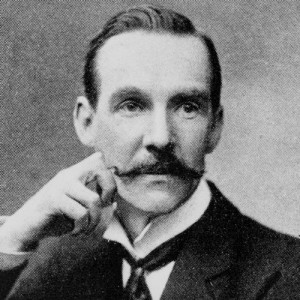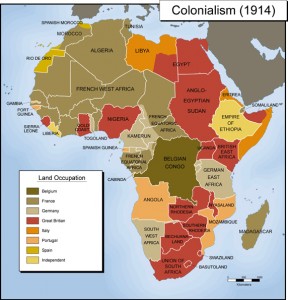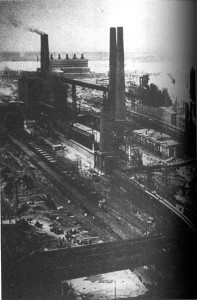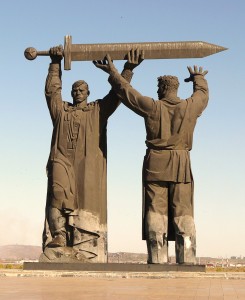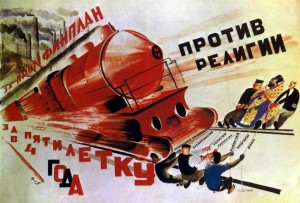In 1899 Thorstein Veblen wrote “The Theory of the Leisure Class” on his observation of division of labor; specifically the effect capitalism had on the upper/leisure class. As a child of immigrant parents being raised in Wisconsin, Veblen had trouble adjusting and felt isolated from the American way. This detached upbringing seems to have an impact on the way he describes the leisure class, as he speaks as though he is on the outside of society looking in. Veblen is very critical of the effects capitalism had on the leisure class and believed it was leading to regression rather than progression. His writing calls out those of the leisure class for their over consumption of goods and their archaic values.
Veblen starts off by describing how the leisure class has taken on the duty of “…the vicarious consumption of goods” ((The Theory of the Leisure Class, 1899)). It’s obvious that he is poking fun at the wealthy, as he sees that their only role in society is to buy the products the working class makes. In a visual sense he is basically comparing them to a parasite, as they received goods without contributing anything back to society. Veblen goes on to describe the unnecessary waste of goods that go into how people dress. Dress is considered the easiest way to show others your class, as all observers will know your status at first glance ((The Theory of the Leisure Class, 1899)) . Veblen has trouble trying to fathom why people give up life’s necessities just so they can afford more expensive clothing. The value of clothing is based on fashion, rather than their practical use which Veblen sees as unenlightened.
After his rant on dress, Veblen decides to go after the very language used by the leisure class. Those of wealth practice classic English rather than the common tongue seen with the rest of society. Just as dress shows class status, the use of old/classic English shows that you are of an important, wealthy family. Veblen describes the word “classic” as word that carries the “…connotation of wasteful and archaic” ((The Theory of the Leisure Class, 1899)), implying that the use of classic English is simply inefficient and backwards.
Do you agree with Veblen’s statement that the leisure class’ duty is only to consume products? Why is there such an emphasis on class status during this time? Do we still stress importance on the way we dress and speak today?

